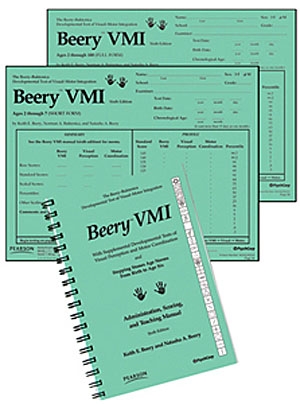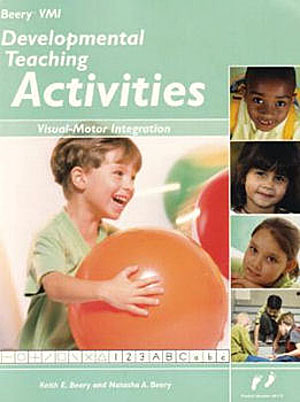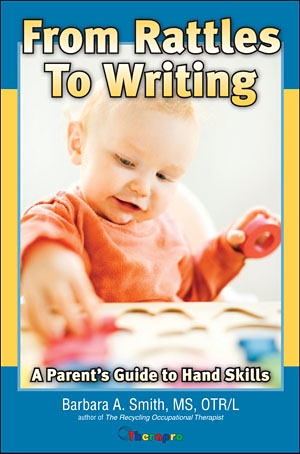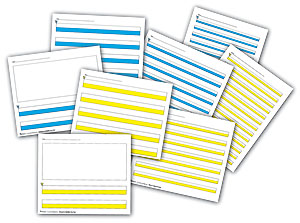The Beery-Buktenica Developmental Test (more commonly known as the Beery VMI) detects difficulties in connecting visual perception and motor skills. The test is a Visual-Motor Integration Test (VMI) for ages two and up. It takes about 10-15 minutes to complete, and has two supplemental tests that last five minutes each, as needed.Beery VMI
 This VMI test examines how well an individual integrates visual and motor skills by having them look at 24 drawings. (There is a short form of this test that is often used with two to eight-year-olds, which only tests 15 drawings.) The drawings present simple geometric shapes from the most simple to the most complex. The examinee looks at the shape, then copies each drawing into the Test Booklet.
This VMI test examines how well an individual integrates visual and motor skills by having them look at 24 drawings. (There is a short form of this test that is often used with two to eight-year-olds, which only tests 15 drawings.) The drawings present simple geometric shapes from the most simple to the most complex. The examinee looks at the shape, then copies each drawing into the Test Booklet.
If the full or short form tests indicate a need for further testing, then the two supplemental tests are administered. These two supplemental tests are the VMI Visual Perception Test and the VMI Motor Coordination Test. They follow the same form as the main test, which ensures that the results are easy to compare.
The starter kit for the Beery VMI includes a manual, 10 full form tests, 10 short form tests, 10 Visual Perception supplemental forms, and 10 Motor Coordination supplemental forms.
Various teaching materials aid this test. These tools help improve visual, motor, and visual-motor function for children pre-elementary school. The booklet of Developmental Teaching Activities headlines the teaching materials. This booklet includes over 250 activities to help a child establish an understanding of art, pre-reading and pre-writing, and athletic skills. Each level has activities directed towards gross motor, fine motor, visual perception, and visual-motor development.
Next in the line of teaching activities is called My Book of Shapes. From the title, you can get a sense of its contents. This book contains 100 geometric exercises that children in preschool and kindergarten can use to improve their motor, visual, and motor-visual function. These activities give children a jump-start for recognizing letter and numeral shapes that the child will experience in school.
 The Beery VMI Stepping Stones Parent Checklist provides an easily accessible list of key developmental “stepping stones.” This list helps parents to track a child’s development from pre-kindergarten through early elementary. While many schools provide developmental feedback, this home checklist helps you observe your child’s development outside of a school setting.
The Beery VMI Stepping Stones Parent Checklist provides an easily accessible list of key developmental “stepping stones.” This list helps parents to track a child’s development from pre-kindergarten through early elementary. While many schools provide developmental feedback, this home checklist helps you observe your child’s development outside of a school setting.
For parents and professionals, the Developmental Wall Chart for Visual-Motor Integration is a colorful chart of gross motor, fine motor, and visual-motor stepping stones. This chart marks development from birth to age six. Many parents and professionals find it useful to have this clear chart on hand for easy reference.
The Beery-Buktenica Developmental Test is currently in its 6th edition. This edition was standardized based on a national sample of 1,737 children aged 2 to 18, and the adult norms derive from a sample of 1,021 individuals aged 18 to 100. The Manual for this test includes about 600 norms from birth through age 6 to track and understand visual and motor development.
The Beery VMI Test finds any weaknesses in a child’s development, but also effectively assesses adults of all ages. The Teaching Materials improve any underdeveloped areas, both proactively and reactively, to provide successful integration of visual perception and motor skills.


